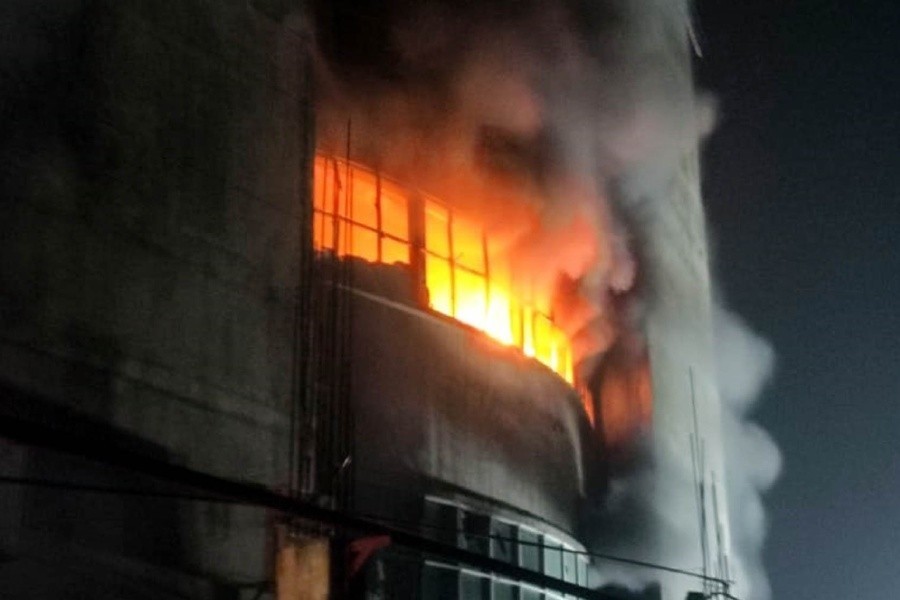The death of some 52 workers at the Shezan juice factory, an affiliate of Sajeeb group, has once again exposed the unsafe and vulnerable working conditions in the country's different production units. The fire that killed the poor workers at the factory in Narayaganj last week is also a clear example of maltreatment of the low-paid industrial workers across the country. Beside low and irregular payments, most of the workers have been exploited with overwork in hazardous conditions, turning many industrial units into sweatshops.
So far, focus was mostly directed to the export-oriented ready-made garment (RMG) factories. The Rana Plaza disaster that killed more than 1,100 workers in 2013 sparked global outcry. Due to pressure from external fronts, a series of steps have been taken to improve the working conditions of the factories with adequate safety measures. Nevertheless, a good number of RMG factories are yet to be compliant with the safety features.
Now the fire at the Sajeeb group factory, a non-RMG unit, exposed the vulnerabilities of other factories. Though worker representatives and labour-right activists have long been demanding improvement of the working conditions in all the factories, the authorities are yet to pay heed. Instead, in some cases the activists and labour leaders are regularly intimated and silenced.
In the last six years, fire broke out in more than 6,000 industrial units across the country and the estimated cost of damage stood at Tk 3.72 billion, according to a news report of a vernacular daily. No doubt the cost is an underestimate as it ignored social and health aspects of workers. The fire service department, however, recovered tangible assets of Tk 18.0 billion during 2015-2000. Despite some limitations, this statistics should be enough to understand the vulnerabilities of a major part of the factories in the country.
With the expansion of economy, different manufacturing and industrial activities have also increased and created job opportunities for millions of people. Thus the necessity and contribution of these factories is not negligible at all. At the same time, regular factory inspection is a must to check the irregularities and flaws in these units. What is more essential is scrutiny of compliance prior to approval and at the time of construction of units. Unfortunately, there is gross negligence in these regards. Inadequate budget and manpower, undue pressure from politically-backed quarters, lack of integrity and good governance are responsible for flawed factory approval and inspection.
The importance of factory condition and working environment also does not get necessary attention in the national development plan. The Eight Five-Year Plan (8FYP) dedicated only a single paragraph of 120 words on improving work environment in a 750-page well- drafted document. There is no strong guideline to address the poor working conditions.
When the country is celebrating the 50 years of independence with a series of successes and achievements on socio-economic fronts, death of poor workers in factory fires indicates a long-list of unfinished works to be addressed before making the achievements inclusive and sustainable.


